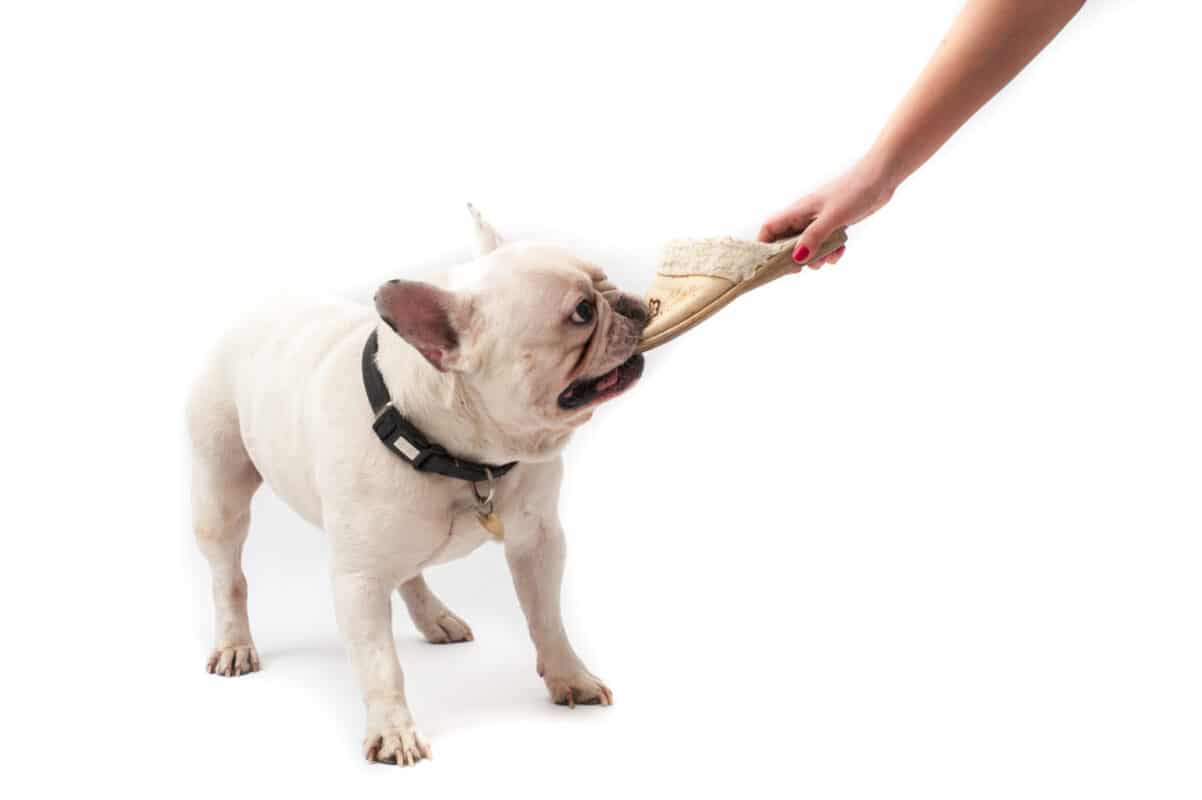behavior modification, Canine Enrichment for Chewing, Dog Behavior, Dog Behavior Management, Dog Training and Behavior, How to Stop a Dog From Taking Things
Stop Your Dog From Stealing Things
How to Stop a Dog From Stealing Personal Items Through Positive Reinforcement
Dogs, with their curious nature and love for exploration, may sometimes develop a habit of stealing personal items. While it might seem amusing at first, this behavior can lead to frustration and potential safety risks for your dog. Addressing this issue with understanding, patience, and positive reinforcement not only fosters a stronger bond between pet guardians and their canine companions but also ensures a harmonious living environment. Here’s a detailed, step-by-step guide on how to discourage this behavior through positive, evidence-based methods, without resorting to aversives or punishment.
Understanding the Behavior
Step 1: Identify the Motivation Dogs may steal items for various reasons, including seeking attention, boredom, or because the item smells interesting. Understanding the underlying cause is crucial for addressing the behavior effectively.
- Seeking Attention: Dogs often learn that picking up personal items triggers a response from their guardians, turning the behavior into a game or a way to initiate interaction.
- Boredom or Excess Energy: A lack of mental and physical stimulation can lead dogs to entertain themselves by exploring and stealing items.
- Intrinsic Reward: The texture, smell, or taste of certain items might be inherently rewarding to your dog.
Step 2: Monitor and Record Keep a log of incidents, noting what was stolen, when, and the circumstances. This will help identify patterns and potential triggers.
Implementing Positive Reinforcement Strategies
Step 3: Increase Physical and Mental Stimulation A well-exercised and mentally stimulated dog is less likely to engage in undesirable behaviors. Include daily activities that fulfill your dog’s needs, such as walks, play sessions, and training exercises.
- Interactive Toys: Use puzzle toys or feeding toys that engage your dog’s mind and satisfy their chewing instincts.
- Regular Exercise: Tailor the intensity and duration to your dog’s breed, age, and health status.
Step 4: Teach “Drop It” and “Leave It” Commands Training your dog to respond to these commands provides a foundation for managing and preventing stealing behavior.
- Drop It: Offer a high-value treat to trade for the item in their mouth, praising and rewarding them when they comply.
- Leave It: Teach them to ignore items you point to or drop on the ground, rewarding them for obedience with treats or play.
Step 5: Manage the Environment Prevent access to temptations and safeguard personal items to reduce opportunities for stealing.
- Safe Spaces: Create a dog-proofed area where your dog can stay when unsupervised, ensuring it’s equipped with appropriate toys.
- Secure Personal Items: Keep personal belongings out of reach. Use closed doors, gates, or containers as necessary.
Step 6: Provide Toy Alternatives Offer a variety of toys that satisfy your dog’s urge to chew, carry, and investigate. Regularly rotate these to keep them interesting.
Step 7: Ignore Unwanted Behavior When Safe If your dog steals an item to seek attention, avoid chasing or scolding. Instead, redirect their attention to an appropriate activity or toy.
Step 8: Reward Incompatible Behaviors Encourage and reward behaviors that cannot happen simultaneously with stealing, such as lying on their bed or playing with their toys.
Reinforcing Positive Behaviors
Step 9: Capture and Reward Spontaneous Good Behavior Acknowledge and reward your dog when they choose to engage with their toys or rest calmly instead of meddling with personal items.
Step 10: Consistent, Positive Interactions Ensure all family members use the same commands and rewards to reinforce training consistently.
Step 11: Patience and Persistence Behavior change takes time. Celebrate progress, no matter how small, and maintain a positive, supportive environment.
Step 12: Consider Professional Guidance If the behavior persists or escalates, seeking advice from a certified dog behavior consultant can provide tailored strategies and support.
Final Thoughts
Addressing a dog’s tendency to steal personal items through positive reinforcement not only resolves the behavior effectively but also strengthens the bond between dogs and their guardians. By understanding the underlying causes, providing appropriate outlets for their energy and curiosity, and consistently applying positive reinforcement techniques, pet guardians can foster a well-behaved, happy, and harmonious household. Remember, the key to success lies in patience, consistency, and positivity, ensuring a safe and engaging environment for your beloved canine companion.

